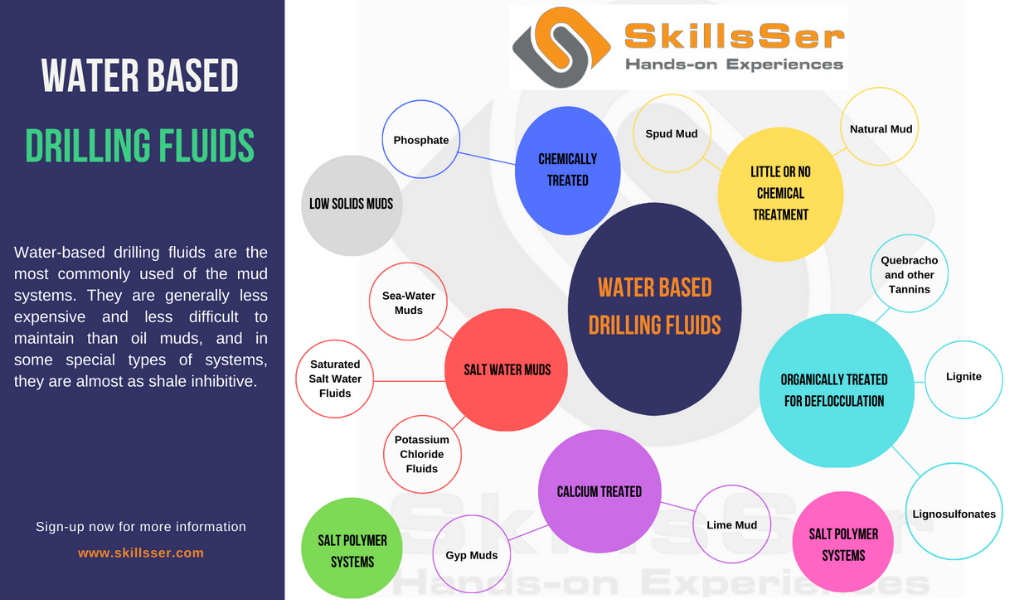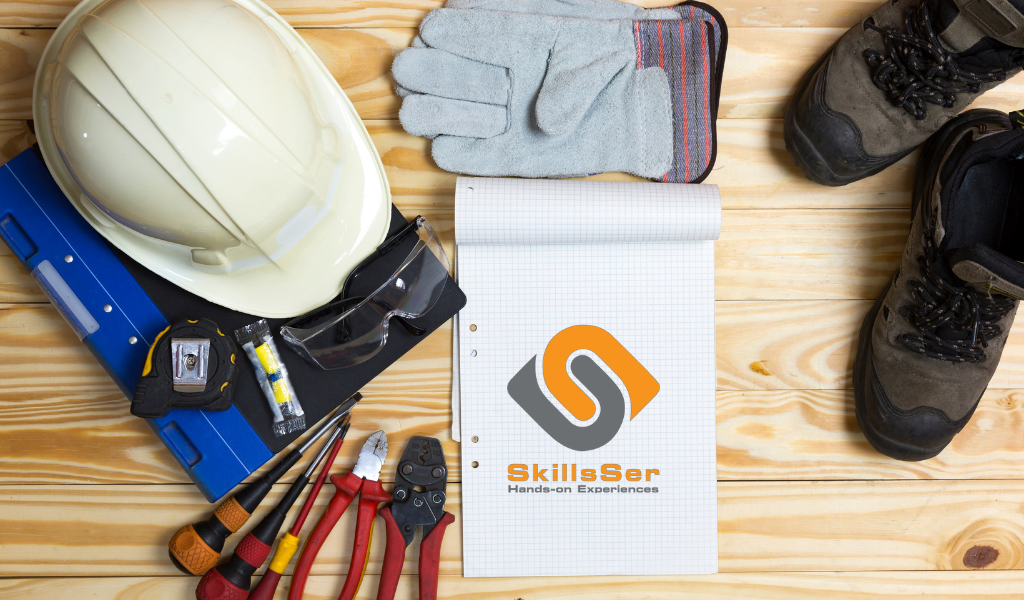Introduction to drilling fluids

Drilling fluids are fluids that are used during the drilling of subterranean wells. They provide primary well control of subsurface pressures by a combination of density and any additional pressure acting on the fluid column (annular or surface imposed). They are most often circulated down the drill string, out the bit, and back up the annulus to the surface so that drill cuttings are removed from the wellbore.
Functions of Fluids
- To remove the cuttings from the bottom of the hole and carry them to the surface.
- To transmit hydraulic horsepower to the drill bit.
- To cool and lubricate the drill string and bit.
- To exert sufficient hydrostatic pressure to control fluids encountered in formations penetrated.
*To minimize settling of cuttings and weight material in suspension when circulation is temporarily stopped. The mud, however, should have properties that allow the cuttings to settle in the surface system.
- To support and protect the walls of the hole.
- To reduce to a minimum any harm to the formations penetrated.
- To ensure maximum information about the formations penetrated.
Test and Mud Properties

Various properties of the mud are measured as an indication of the performance of the mud in the hole.
This stage comprises the following activities:
Density Or Mud Weight
Density Or Mud Weight affords a measure of the hydrostatic pressure of the mud column.
Viscosity
Viscosity is a measure of the internal resistance of a drilling fluid.
Plastic Viscosity
The Plastic Viscosity depends mainly on the friction between solids and the liquid.
Yield Point
Yield Point is a measure of the attractive forces between active clay particles in the mud under flowing conditions.
Gel Strength
Gel Strength is a measure of the attractive forces of suspended particles in a liquid when that liquid is in a static state.
Filtration
The filtration test is a relative measure of liquid filtered into a permeable formation and of the cake left on the formation.
Sand Content
Sand Content is measured because sand is abrasive to the equipment that comes in contact with the mud and sand may cause trouble by setting in the hole or by increasing the mud weight.
Solids, Oil, And Water Content
Solids, Oil, And Water Content are measured not only as a basis for the control of the oil content of emulsion muds but also as an aid in the control of the performance of the mud.
Chemical Tests
Chemical Tests are made on the mud and filtrate as an aid in the identification of contaminants and in control of mud properties.
Types of Drilling Fluids
Water-Based Drilling Fluids
Oil-Based Muds
a- Invert Oil Mud
b- Relaxed Invert Oil Mud
Additives For Drilling Fluids
- Fresh Water, Low pH
- Brackish Water, Low Ph
- Gyp Treated, Low Ph
- Lime Treated, High Ph
- Fresh Water High Ph
- Low Solids
- Emulsions
- Oil-In-Water.
- Water-In-Oil
- Oil Muds
- Air, Gas, Mist
- Foam




